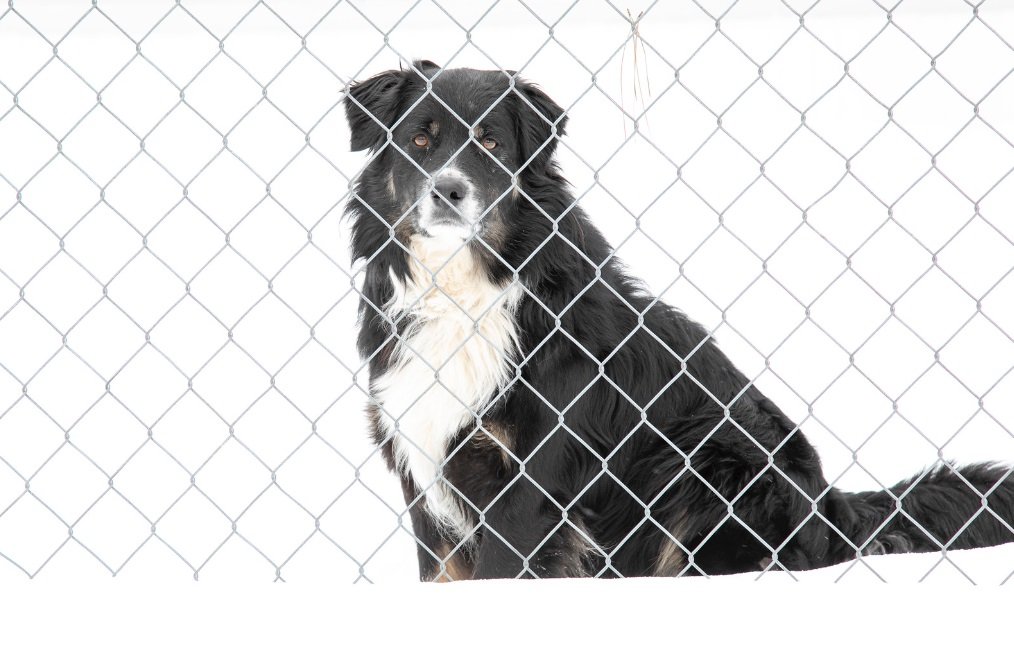by Jeff Della Rosa (JDellaRosa@nwabj.com)
U.S. natural gas consumption rose to a record high of 118 billion cubic feet per day in January, according to the U.S. Energy Information Administration (EIA). Cold weather increased demand and reduced natural gas production, which led to high inventory withdrawals.
The EIA released Tuesday (Feb. 6) the Short-Term Energy Outlook for February that shows natural gas inventories are expected to remain above the previous five-year average, despite the high withdrawals in January. The inventories are projected to be 15% higher at the end of this winter compared to the previous five-year average because of forecasted milder weather.
U.S. natural gas production is expected to rise to 105 billion cubic feet per day in February and remain near that level for the rest of 2024. This is expected to result in prices falling from an average of $3.18 per million British thermal units in January to about $2.40 per million British thermal units in February and March.



